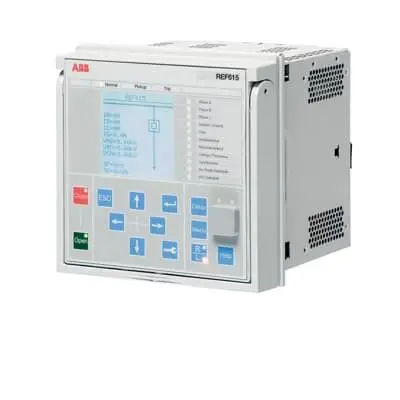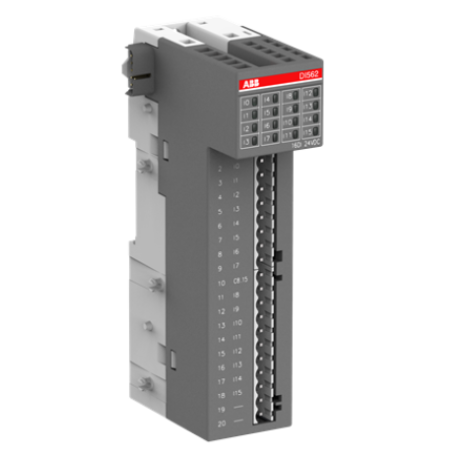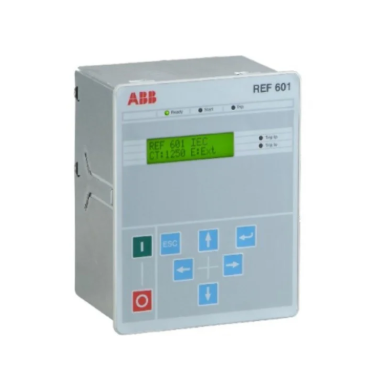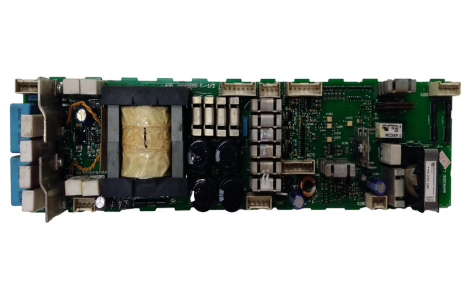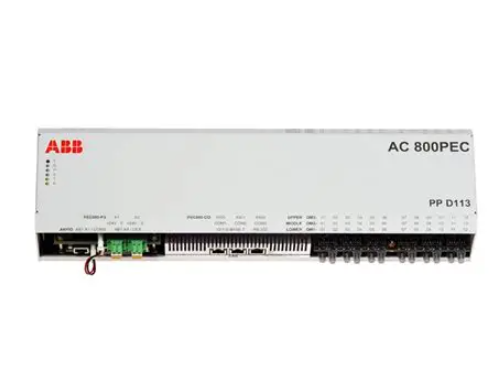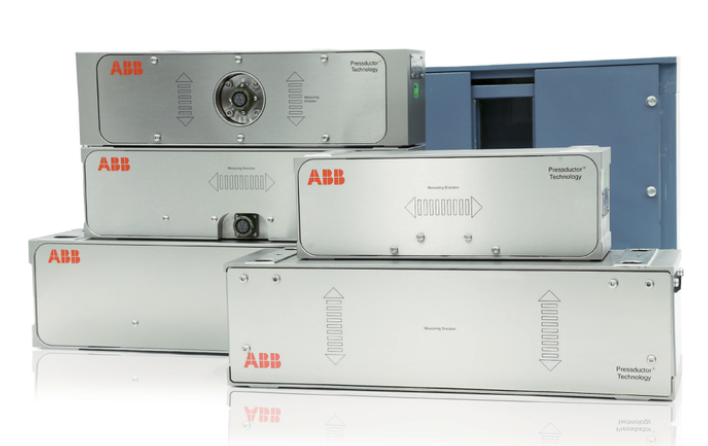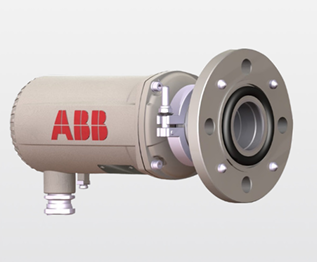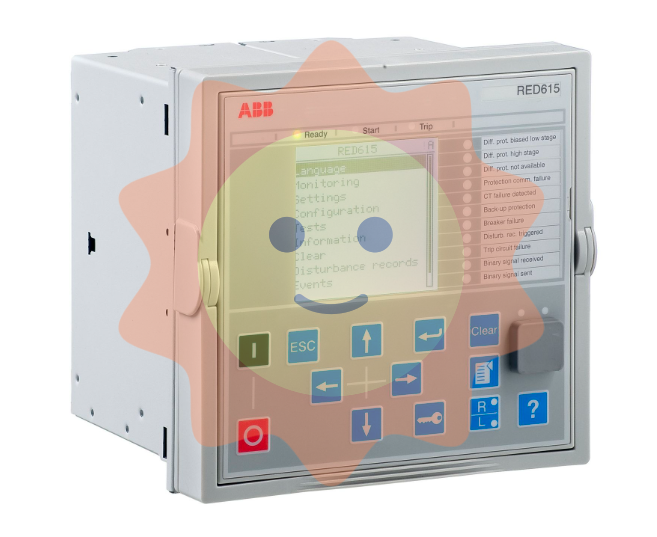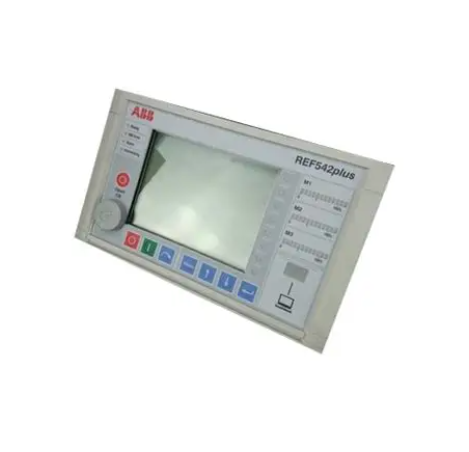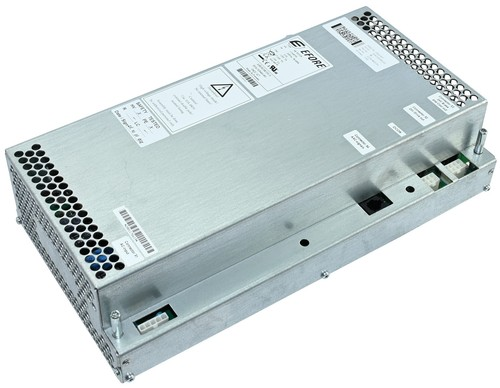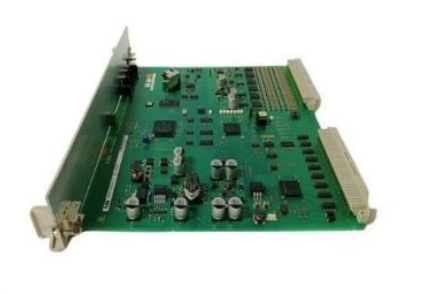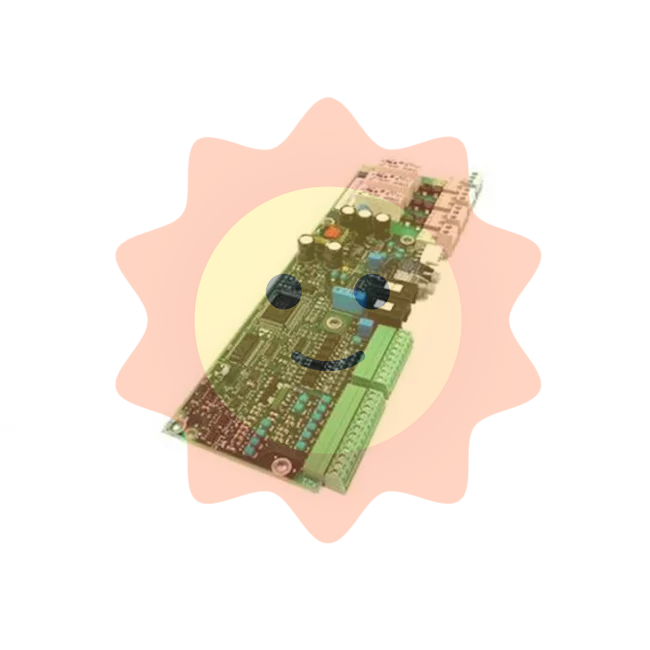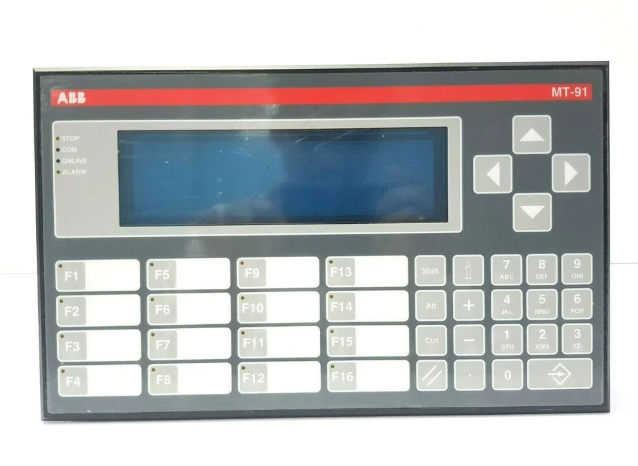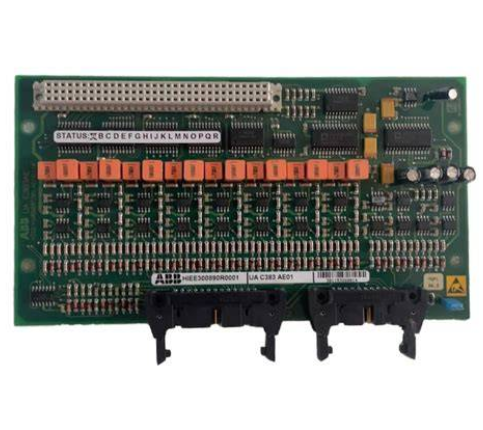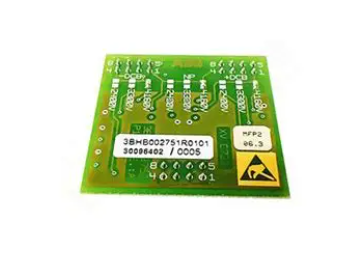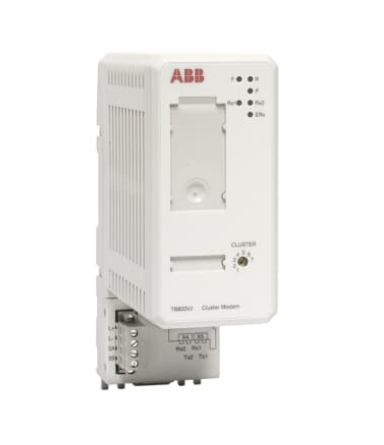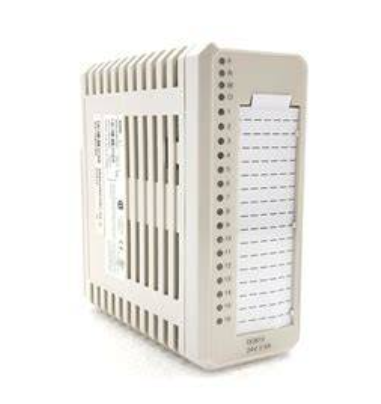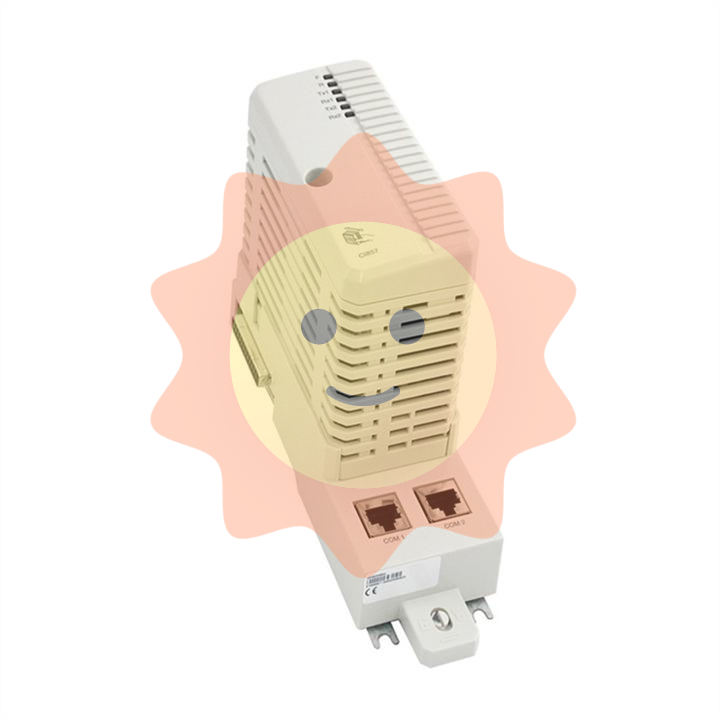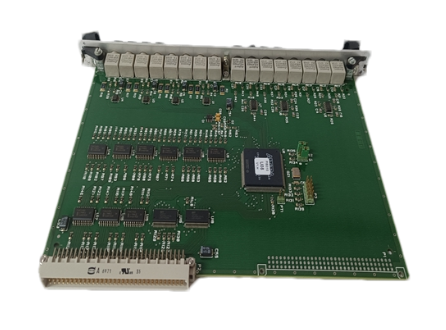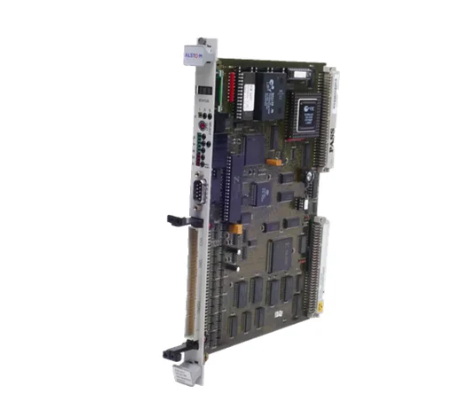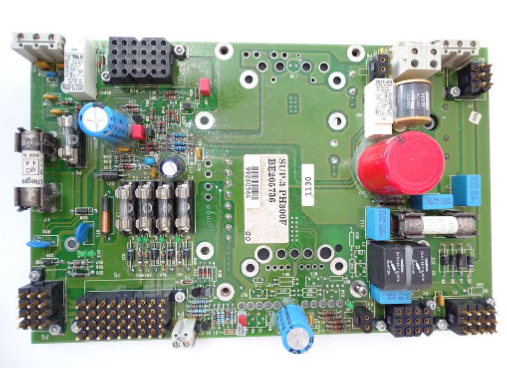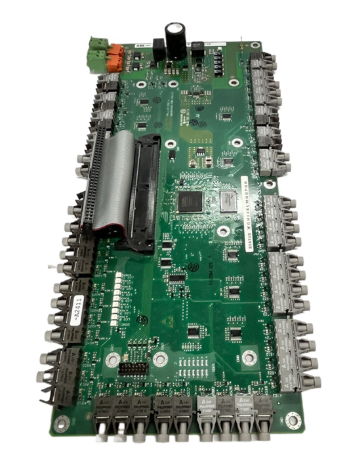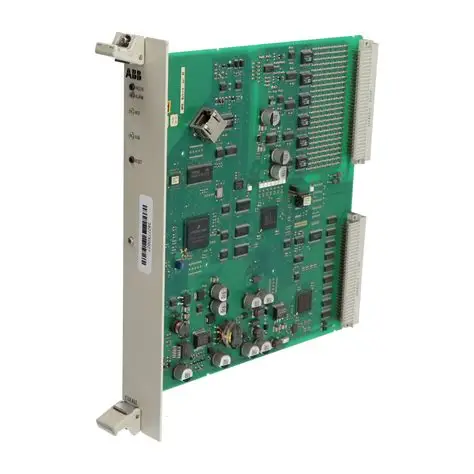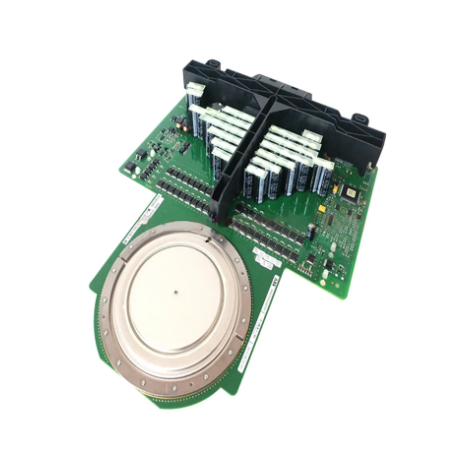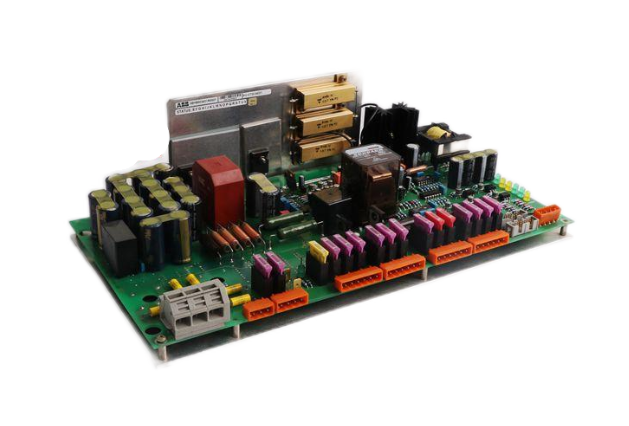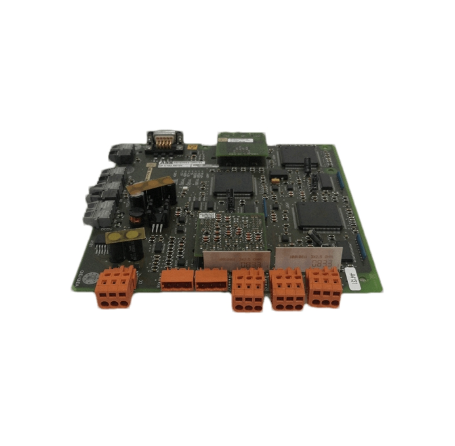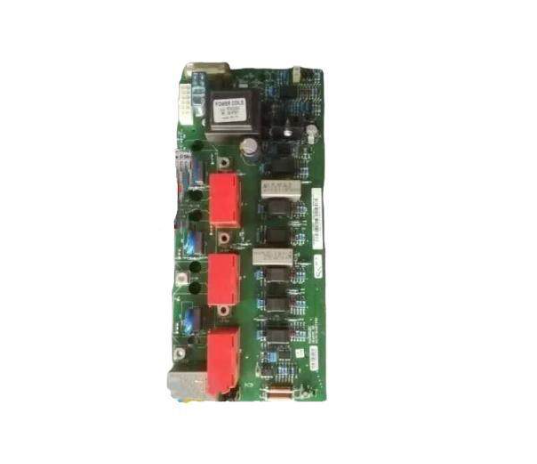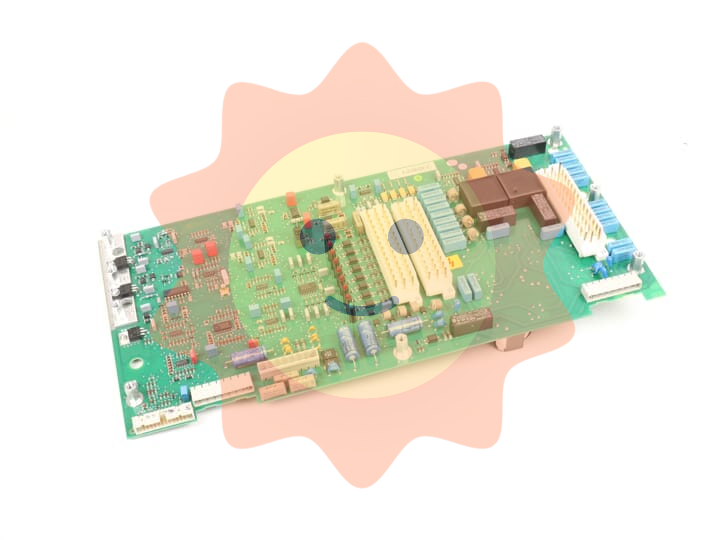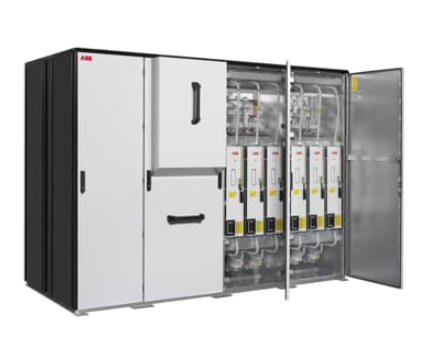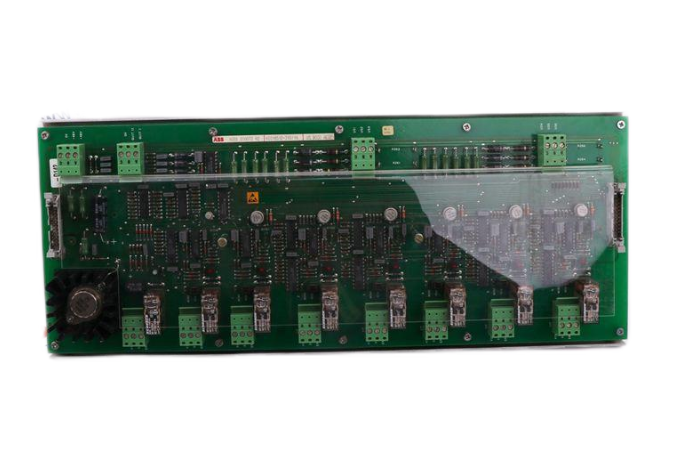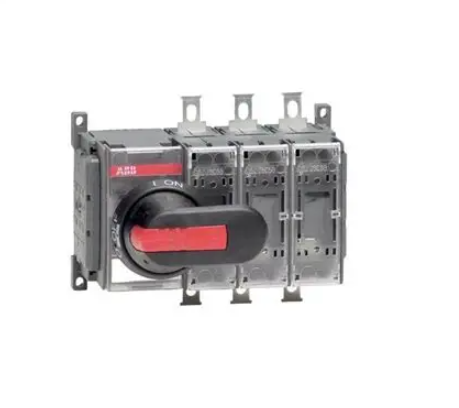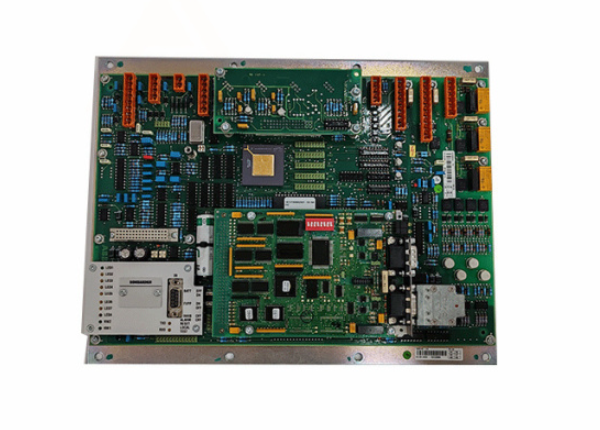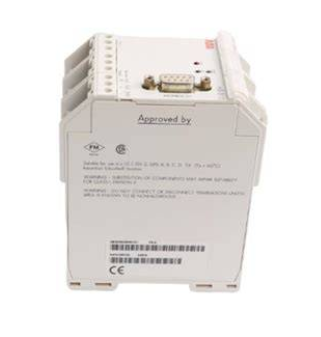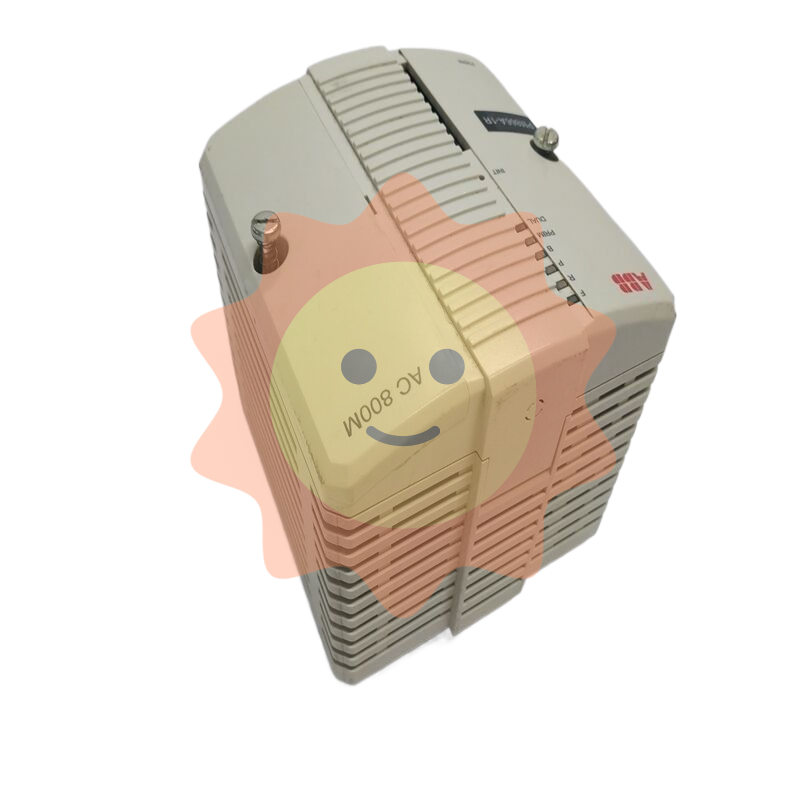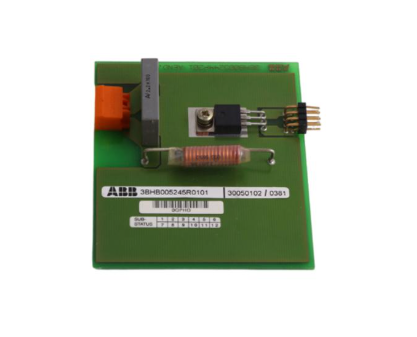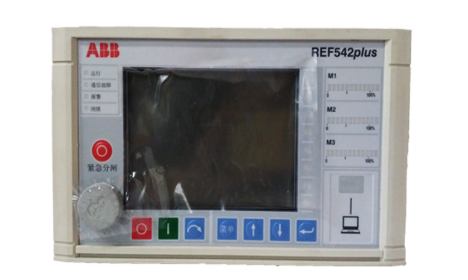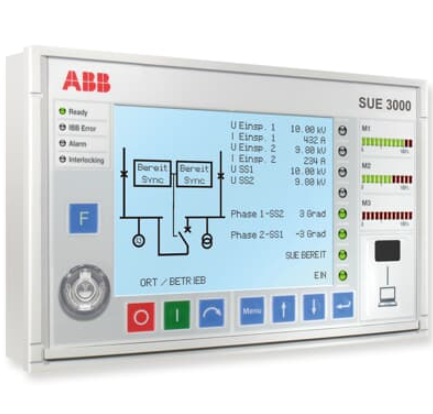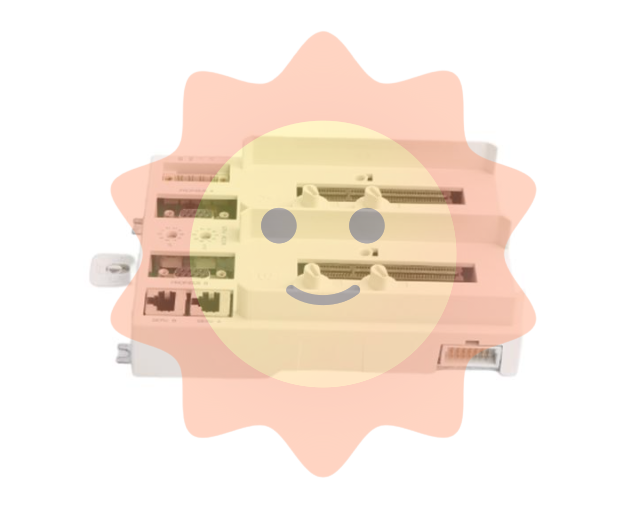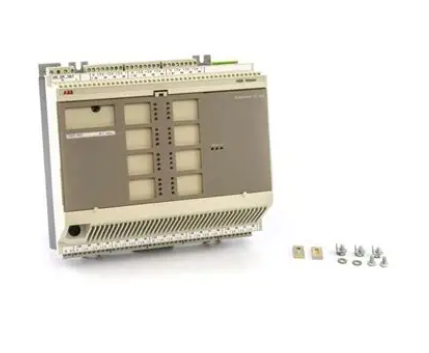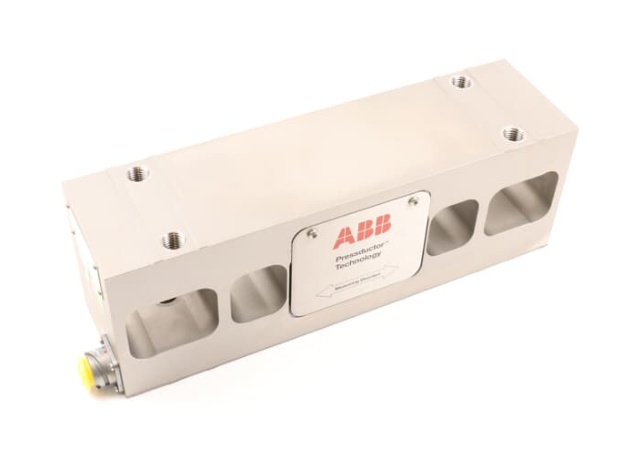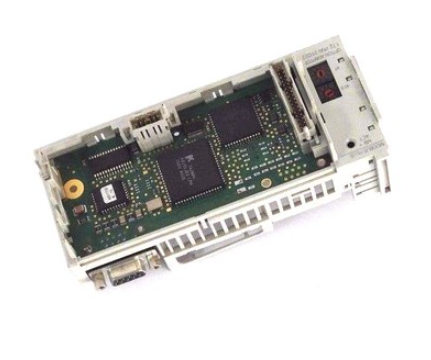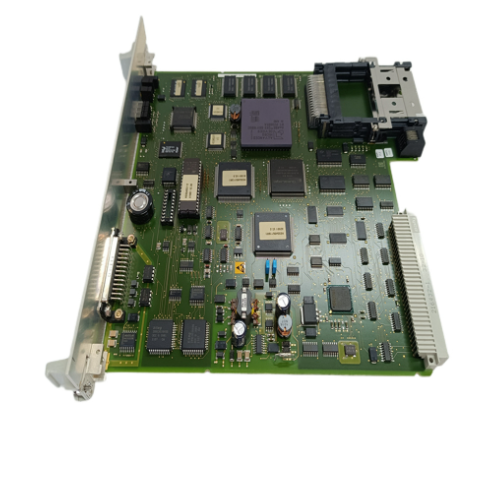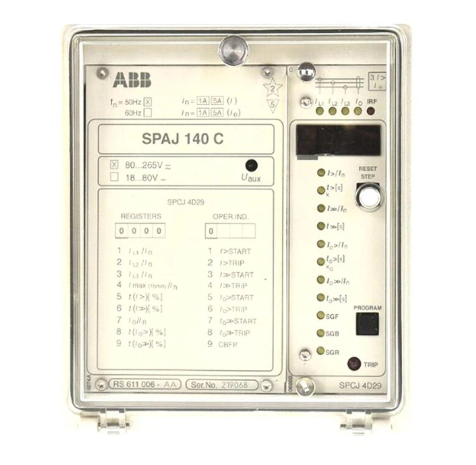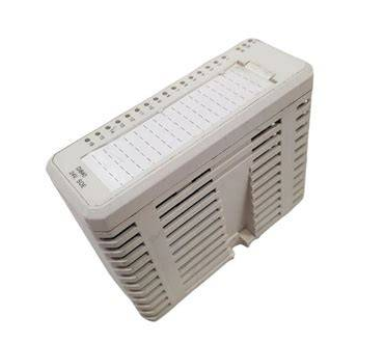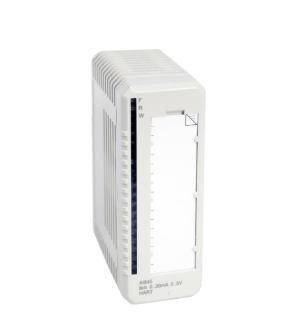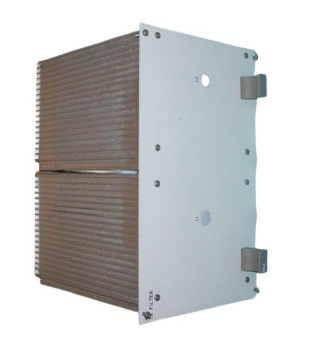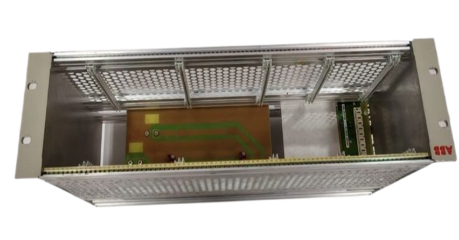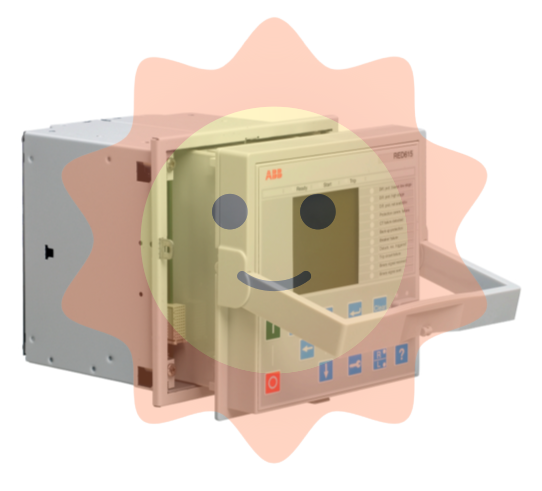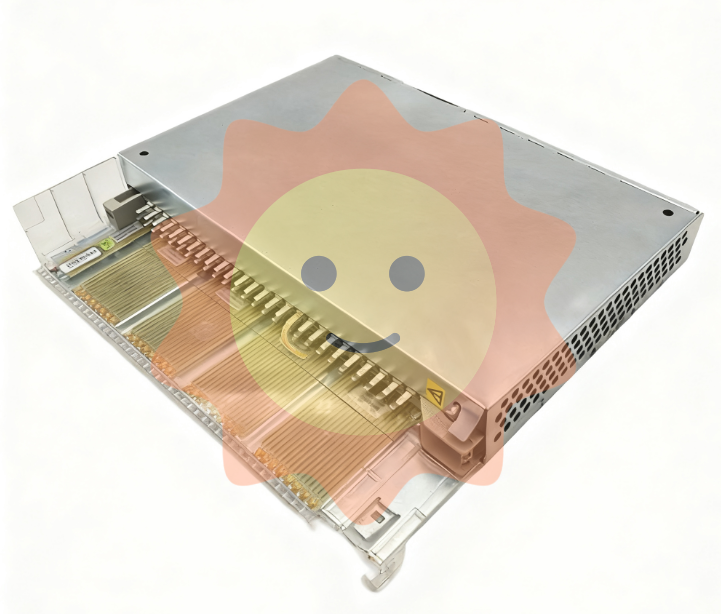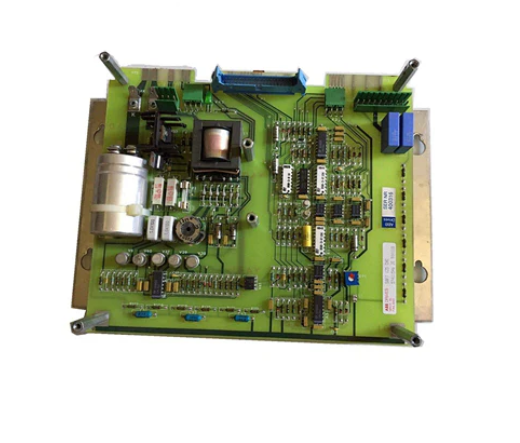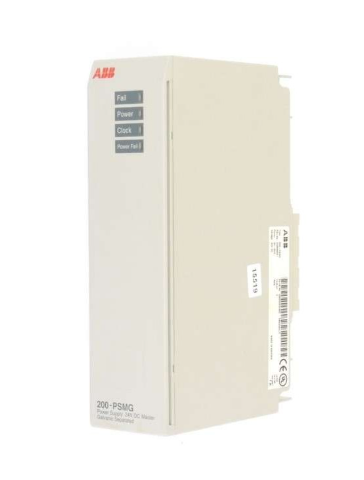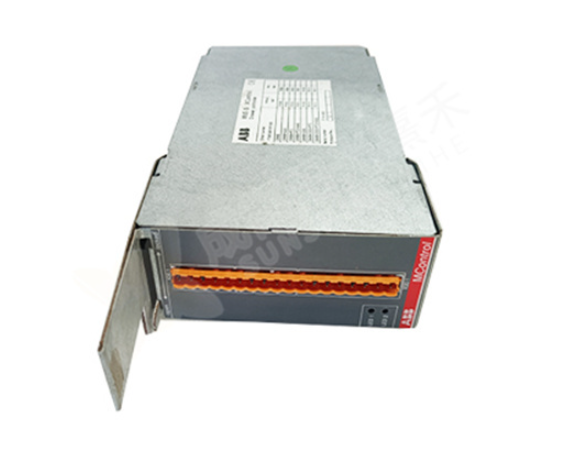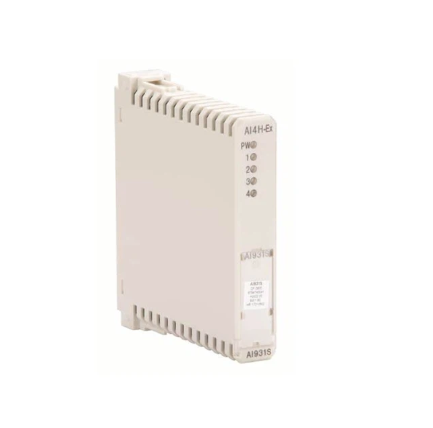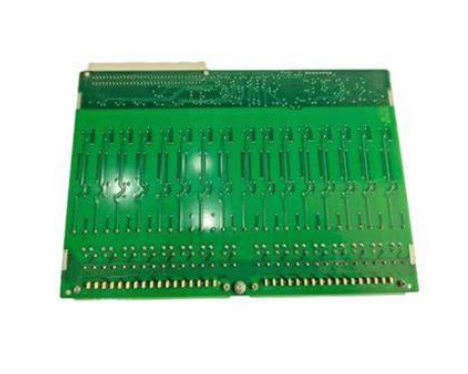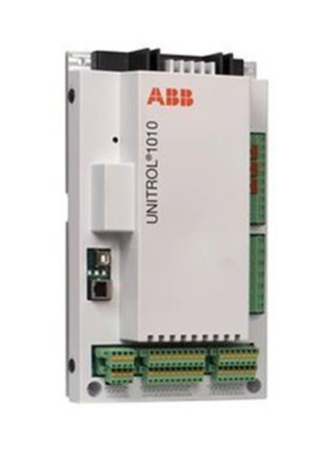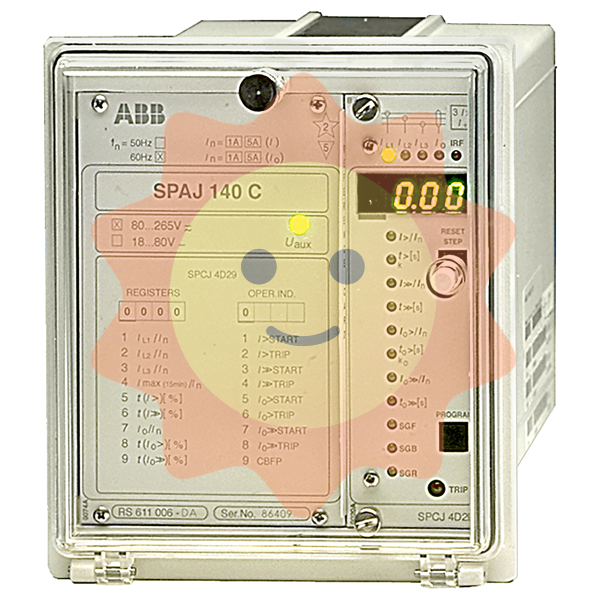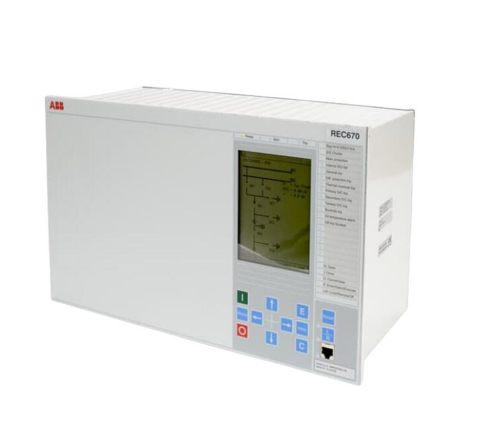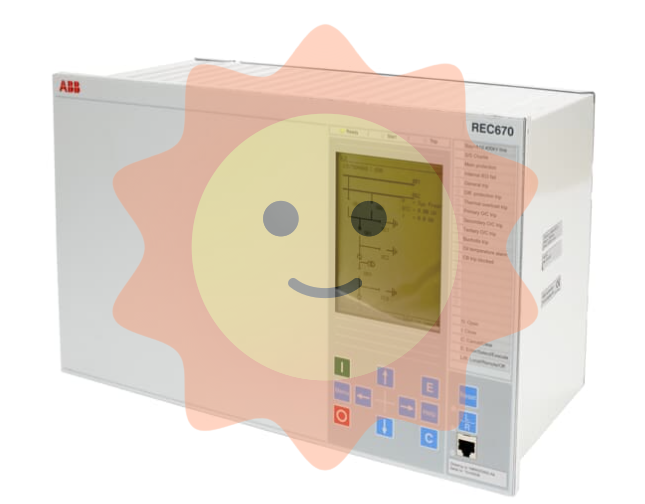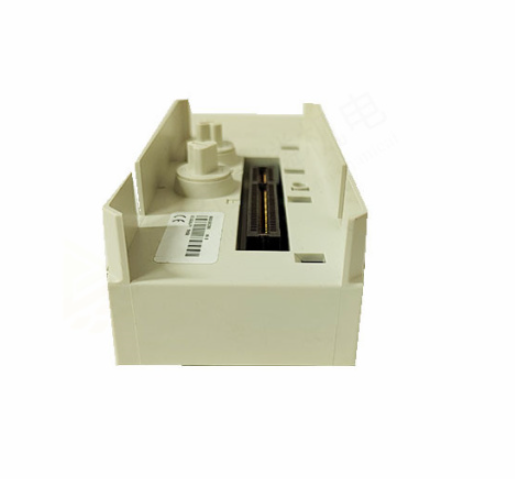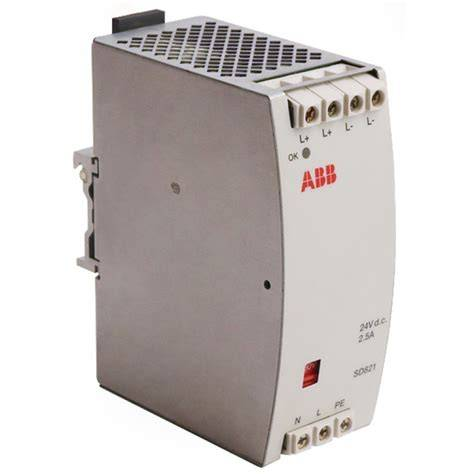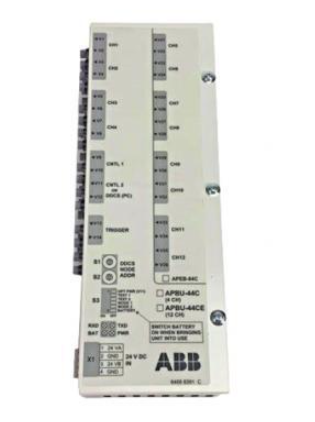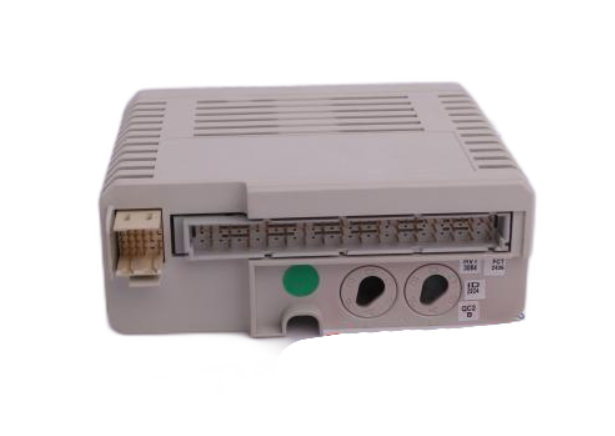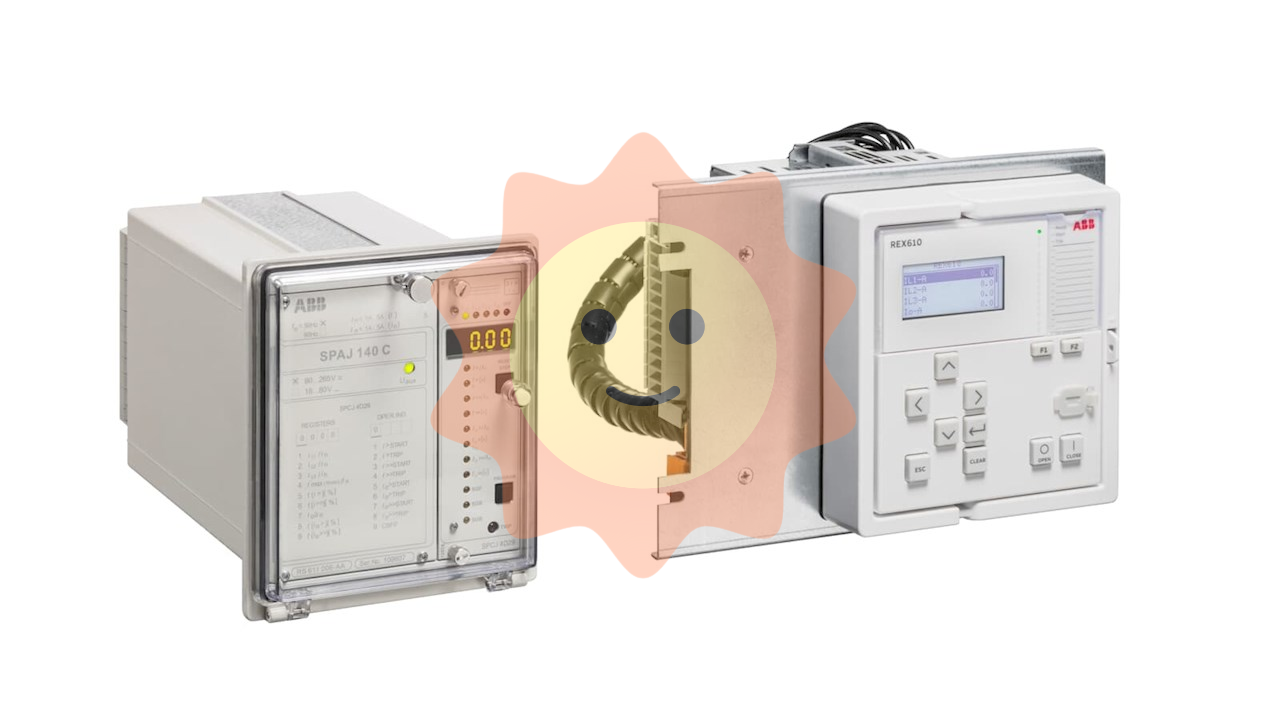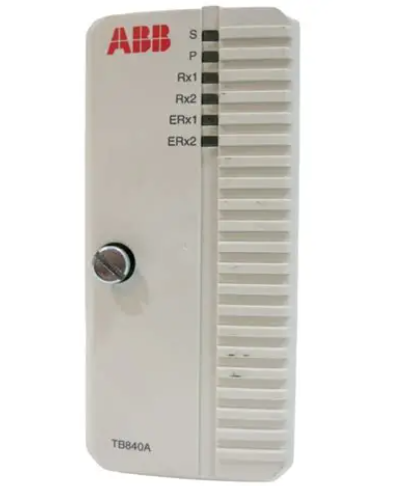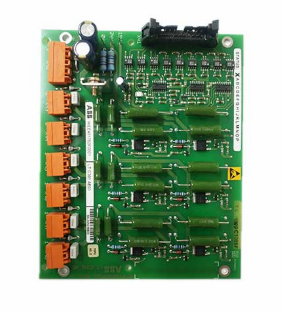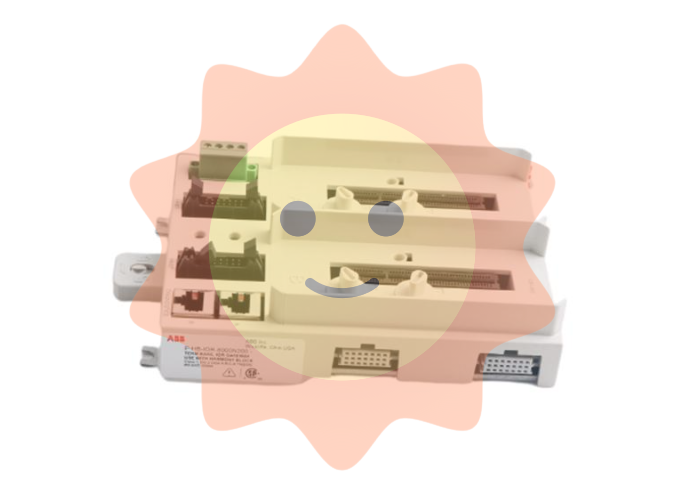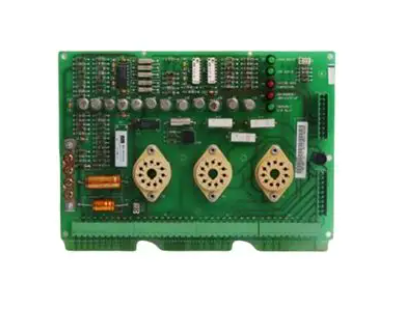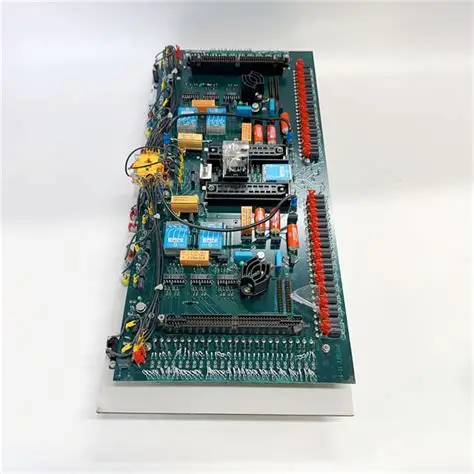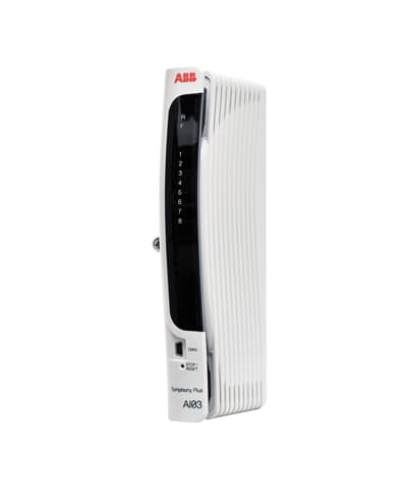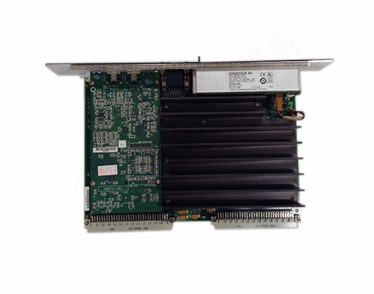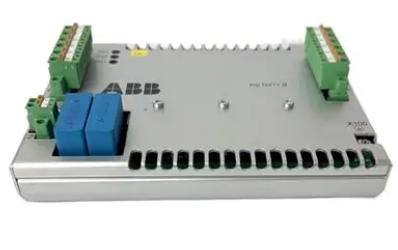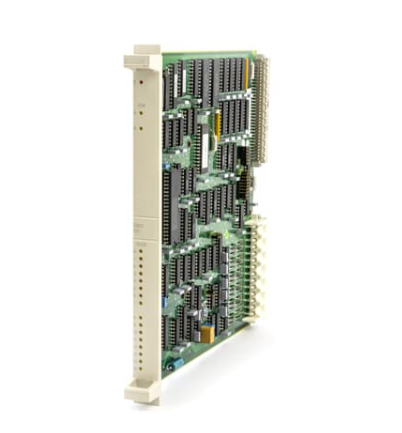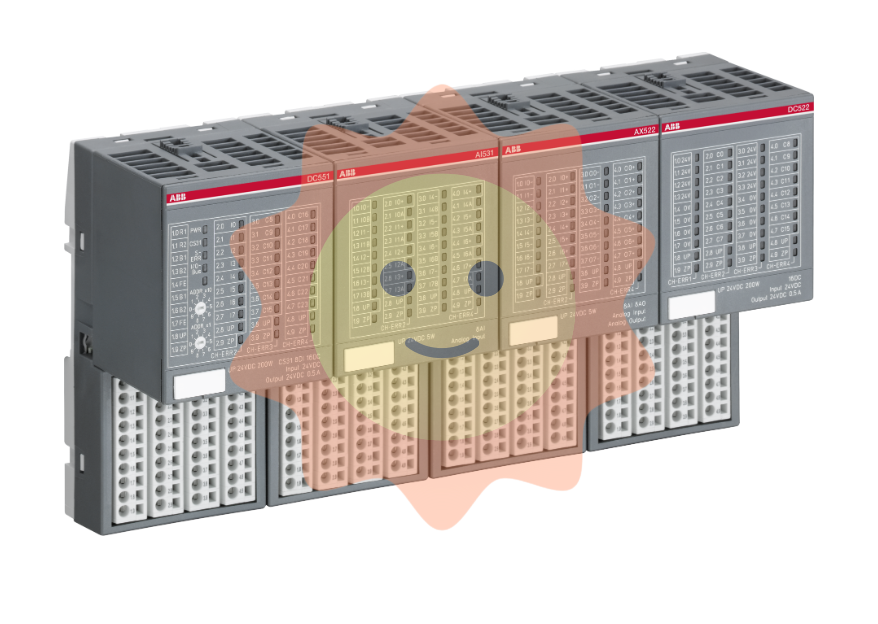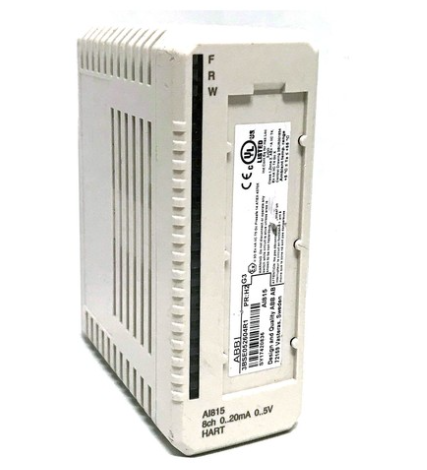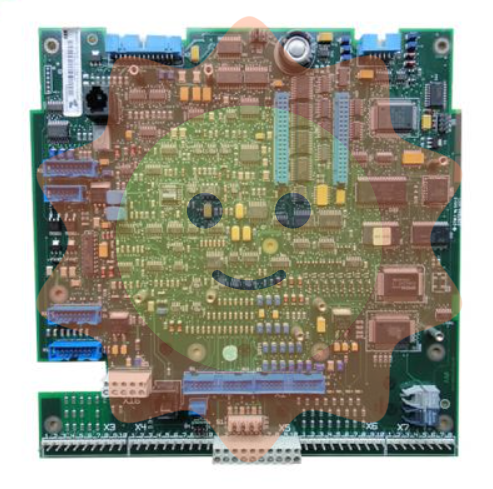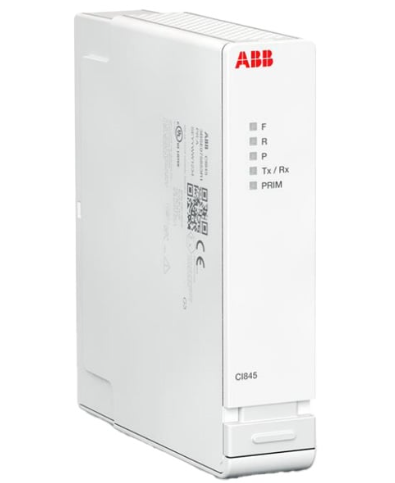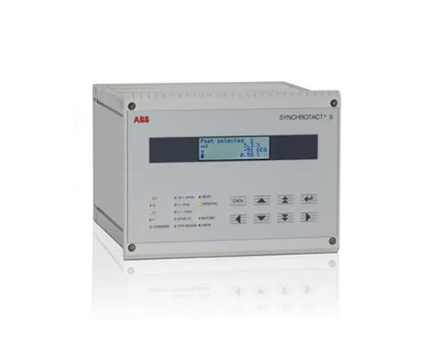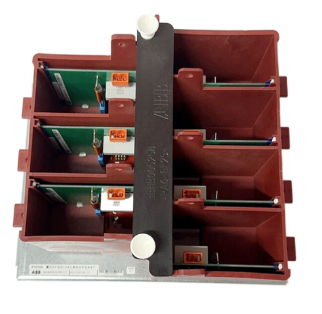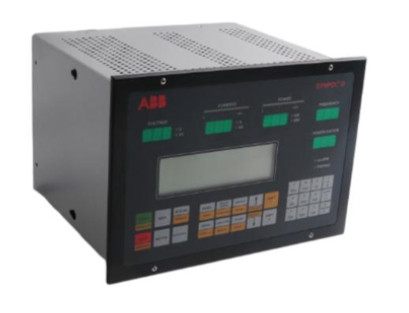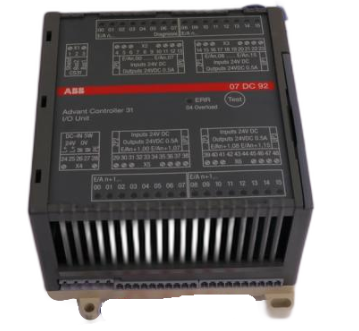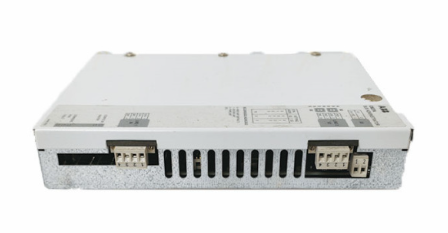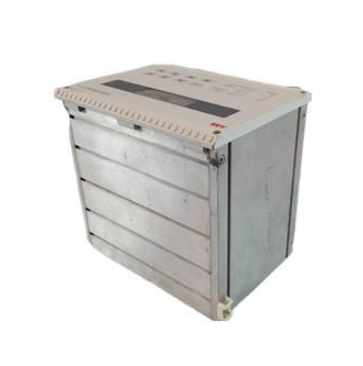ALSTOM N70032702L High Performance Control Module
Signal system: as an on-board signal processing unit, it interfaces with ATP (automatic train protection) and ATO (automatic train operation) systems to process trackside signal and on-board sensor data, with communication delay ≤ 5ms to ensure traffic safety and punctuality.
(3) Industrial Process Control
Intelligent manufacturing production line: In the automotive welding workshop and electronic component production line, the motion trajectory and process parameters of the robotic arm are controlled, with a positioning accuracy of ± 0.1mm. It supports seamless integration with PLC and SCADA systems to achieve flexible production.
Petrochemical control: used for closed-loop control of reaction kettle temperature and pressure in refineries, supporting complex algorithms such as cascade control and feedforward control, with a control cycle of ≤ 100ms, ensuring that process parameters are stable within the set value ± 0.5% range.
(4) Special equipment control
Aerospace ground equipment: Real time control of high-pressure fuel pumps and cooling systems is achieved at satellite launch sites and aircraft engine test benches, supporting 1553B bus protocol and data transmission error rate ≤ 10 ^ -9.
Military equipment: compatible with shipborne radar servo systems and armored vehicle fire control systems, with wide temperature range and anti vibration characteristics, meeting the reliability requirements of military equipment through GJB 150 environmental testing standards.
Core advantages of the product
(1) High performance and high integration
Multi core heterogeneous processing: Adopting a "CPU+FPGA" architecture, the CPU is responsible for logical operations and protocol processing, while the FPGA achieves high-speed data acquisition and hardware acceleration, resulting in a performance improvement of more than three times compared to traditional single core controllers. For example, in the scenario of fault recording in the power system, 128 analog signals can be collected simultaneously with a sampling rate of 100kHz, and the fault waveform can be stored and analyzed in real time.
Functional density: It integrates the functions of traditional multiple control units within a volume of 200mm × 150mm × 50mm, reducing cabinet space occupation by 30% and lowering system wiring complexity.
(2) Openness and Scalability
Open API: Provides standardized API interfaces and software development kits (SDKs), supporting third-party application development, such as allowing users to customize algorithm modules and embed them into real-time control systems.
Modular Expansion: Specialized function cards such as FPGA acceleration cards and high-speed data acquisition cards can be added through PCIe Mini slots to meet personalized needs. In a case study of a steel enterprise, direct torque control (DTC) of the main motor of the rolling mill was achieved by extending the FPGA card, resulting in a 20% improvement in control performance.
(3) Reliability and safety
Fault tolerance mechanism: Supports hot standby redundancy (1+1 redundancy mode), with a main standby switching time of ≤ 50ms, ensuring uninterrupted control tasks. Built in triple watchdog circuit to prevent program from running away.
Information security: Integrated hardware encryption chip (supporting AES-256 algorithm), realizing data transmission encryption and device identity authentication, complying with IEC 62443 industrial network security standard, defending against network attacks and data tampering.
(4) Usability and low operational costs
Visual debugging: Built in web server, real-time data and configuration parameters can be viewed through a browser, supporting remote debugging and firmware upgrades, reducing on-site maintenance workload.
Predictive maintenance: Real time monitoring of internal temperature, voltage, fan speed and other health status parameters of the module, early warning of potential faults, and reducing equipment maintenance costs by 40% in a subway project application.
Technological innovation points
Mixed signal processing technology: using a 24 bit Δ - ∑ analog-to-digital converter (ADC) combined with digital filtering algorithm, the signal-to-noise ratio of analog signal acquisition is increased to 120dB, suitable for weak signal detection, such as transformer partial discharge monitoring.
Time sensitive network (TSN) support: Integrating TSN protocols such as IEEE 802.1Qbv and IEEE 802.1AS to achieve sub microsecond level network synchronization and meet the real-time communication requirements of the Industrial Internet of Things (IIoT).
Edge computing capability: built-in machine learning inference engine, support lightweight neural network model (such as TensorFlow Lite), can directly process sensor data at the edge side, and reduce cloud data transmission by more than 50%.

- EMERSON
- Honeywell
- CTI
- Rolls-Royce
- General Electric
- Woodward
- Yaskawa
- xYCOM
- Motorola
- Siemens
- Rockwell
- ABB
- B&R
- HIMA
- Construction site
- electricity
- Automobile market
- PLC
- DCS
- Motor drivers
- VSD
- Implications
- cement
- CO2
- CEM
- methane
- Artificial intelligence
- Titanic
- Solar energy
- Hydrogen fuel cell
- Hydrogen and fuel cells
- Hydrogen and oxygen fuel cells
- tyre
- Chemical fiber
- dynamo
- corpuscle
- Pulp and paper
- printing
- fossil
- FANUC
- Food and beverage
- Life science
- Sewage treatment
- Personal care
- electricity
- boats
- infrastructure
- Automobile industry
- metallurgy
- Nuclear power generation
- Geothermal power generation
- Water and wastewater
- Infrastructure construction
- Mine hazard
- steel
- papermaking
- Natural gas industry
- Infrastructure construction
- Power and energy
- Rubber and plastic
- Renewable energy
- pharmacy
- mining
- Plastic industry
- Schneider
- Kongsberg
- NI
- Wind energy
- International petroleum
- International new energy network
- gas
- WATLOW
- ProSoft
- SEW
- wind
- ADVANCED
- Reliance
- YOKOGAWA
- TRICONEX
- FOXBORO
- METSO
- MAN
- Advantest
- ADVANCED
- ALSTOM
- Control Wave
- AB
- AMAT
- STUDER
- KONGSBERG
- MOTOROLA
- DANAHER MOTION
- Bently
- Galil
- EATON
- MOLEX
- Triconex
- DEIF
- B&W
- ZYGO
- Aerotech
- DANFOSS
- KOLLMORGEN
- Beijer
- Endress+Hauser
- MOOG
- KB
- Moxa
- Rexroth
- YAMAHA


Email:wang@kongjiangauto.com



